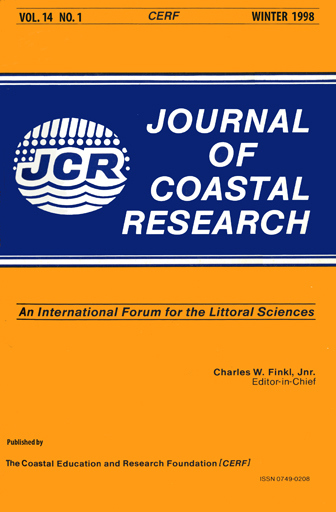Late Holocene Shoreline Development in the Hawaiian Islands
Keywords:
Hawaii, Oahu, Molokai, Kauai, Holocene, sea-level, radiocarbon dating, coastal management, coastal evolutionAbstract
Modern shorelines are conditioned by past encounters with the position of relative sea level and sea-level oscillations. Geochronological data from Oahu, Molokai, and Kauai, as well as geomorphic evidence from these Hawaiian islands are interpreted to represent a mid- to late Holocene high stand in the Central Pacific. Radiocarbon dates from Oahu, Molokai and Kauai generally describe a relative sea level approximately 2 m above present at c. 4,700 to c. 2,100 yr. B.P. Emerged geomorphic features including coastal terraces such as Molokai's Kamehameha Coconut Grove, coastal Holocene dunes, notches in eolianite and basalt, emerged sea stacks, emerged sea caves, and emergent beachrock support the higher sea-level interpretation. A Mid- to Late Holocene interpretation is generally consistent with geophysical models of melt history from the last deglaciation. Evolution of the coastal system in the Hawaiian Islands and shoreline management must incorporate the realization that the coastal system has experienced a higher sea level within the past 5,000 years.Downloads
Published
1998-01-13
Issue
Section
Special Thematic Section


